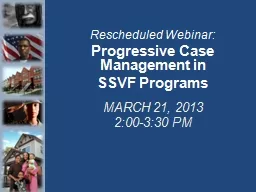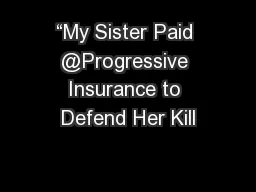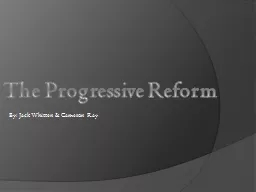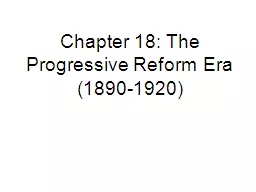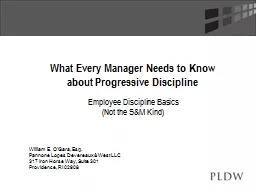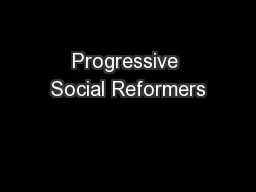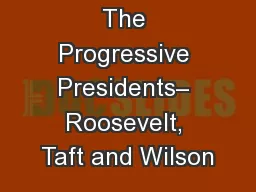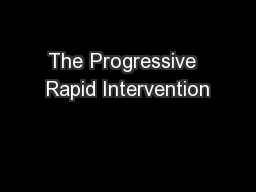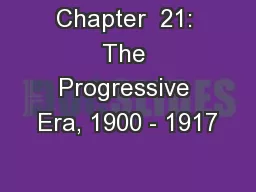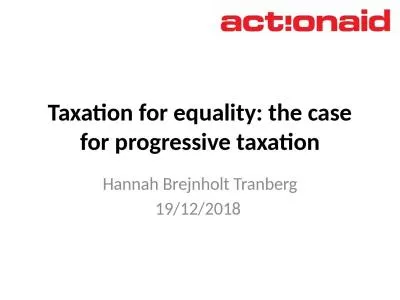PPT-Rescheduled Webinar: Progressive Case Management in
Author : aaron | Published Date : 2018-10-08
SSVF Programs march 21 2013 200330 PM SSVF National directors UPDATE John Kuhn US Department of Veteran Affairs What Why and How Overview of Progressive Case Management
Presentation Embed Code
Download Presentation
Download Presentation The PPT/PDF document "Rescheduled Webinar: Progressive Case Ma..." is the property of its rightful owner. Permission is granted to download and print the materials on this website for personal, non-commercial use only, and to display it on your personal computer provided you do not modify the materials and that you retain all copyright notices contained in the materials. By downloading content from our website, you accept the terms of this agreement.
Rescheduled Webinar: Progressive Case Management in: Transcript
Download Rules Of Document
"Rescheduled Webinar: Progressive Case Management in"The content belongs to its owner. You may download and print it for personal use, without modification, and keep all copyright notices. By downloading, you agree to these terms.
Related Documents

